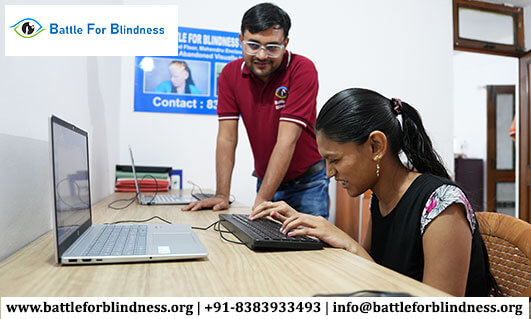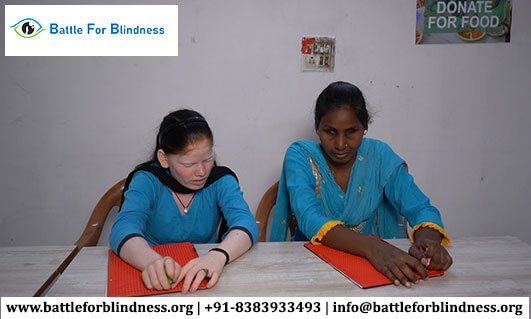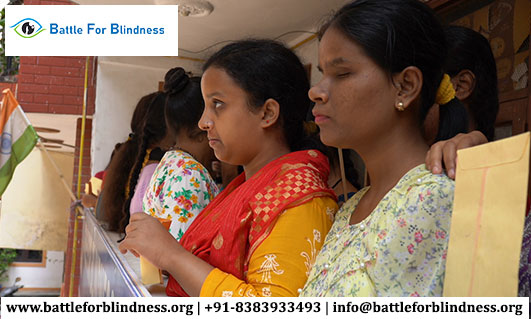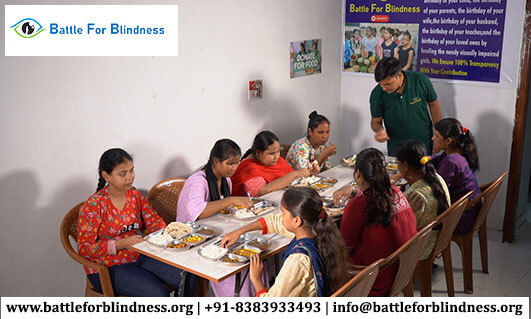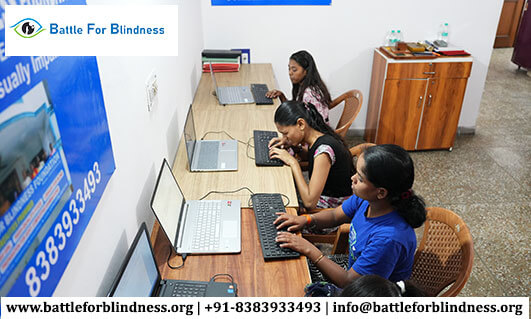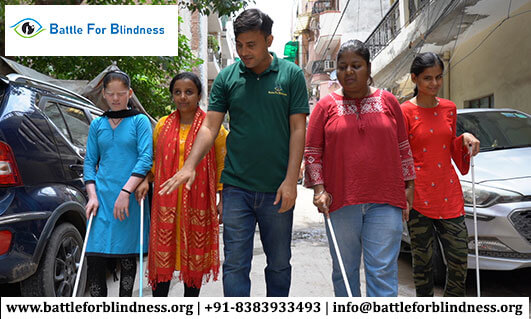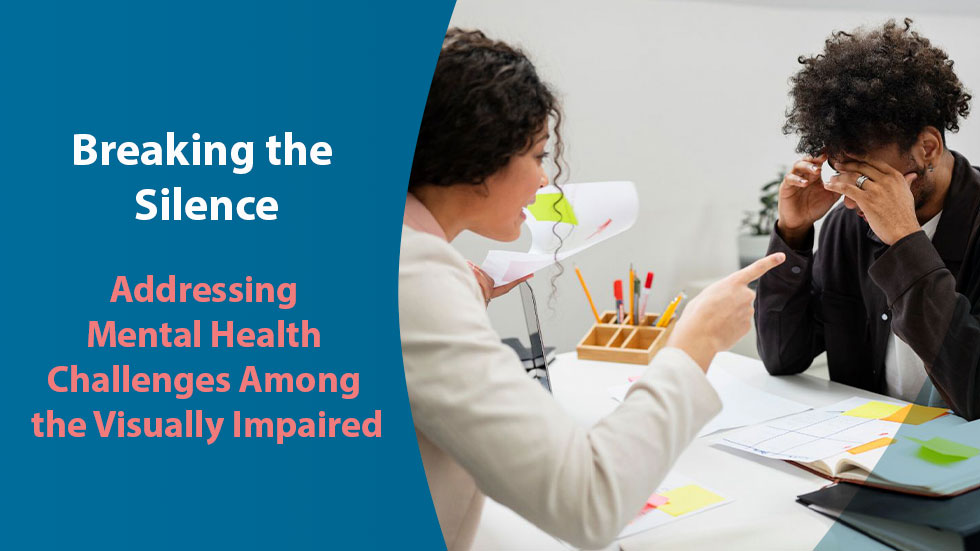
Mental health is a crucial aspect of overall well-being, yet it is often overlooked in discussions about disability and accessibility. Among visually impaired individuals, mental health challenges can be particularly pronounced, exacerbated by the unique stressors they face in their daily lives. As society progresses toward inclusivity, it’s essential to address these challenges and promote mental health awareness within the visually impaired community.
Understanding the Mental Health Landscape
Visually impaired individuals are at a higher risk for various mental health issues, including depression, anxiety, and social isolation. The World Health Organization highlights that the prevalence of mental health conditions is significantly higher among people with disabilities compared to their sighted peers. Factors contributing to this disparity include:
- Social Isolation: Limited mobility and difficulties in navigating social situations can lead to feelings of loneliness and isolation. Social connections are vital for mental well-being, and the visually impaired often struggle to maintain these relationships.
- Stigma and Discrimination: Many visually impaired individuals encounter stigma related to their disability. This can result in negative self-perception and reluctance to seek help for mental health issues.
- Adjustment to Disability: For those who lose their sight later in life, the transition can be traumatic. Grieving the loss of vision and adapting to new ways of living can trigger emotional distress and anxiety.
Identifying Common Mental Health Challenges
-
Depression: Depression is one of the most common mental health issues among visually impaired individuals. Symptoms may include persistent sadness, lack of interest in activities, changes in appetite, and difficulty concentrating.
-
Anxiety Disorders: Anxiety can manifest in various forms, such as generalized anxiety disorder, social anxiety, or specific phobias. The fear of navigating unfamiliar environments, coupled with societal pressures, can lead to significant anxiety for visually impaired individuals.
-
Adjustment Disorders: These occur when individuals struggle to cope with significant life changes, such as losing their vision. Symptoms may include anxiety, depression, and behavioral issues.
-
Post-Traumatic Stress Disorder (PTSD): Some visually impaired individuals may experience PTSD following traumatic events, including accidents that led to their vision loss. Symptoms may include flashbacks, nightmares, and severe anxiety.
Promoting Mental Health Awareness
Breaking the silence around mental health challenges requires a multi-faceted approach. Here are some strategies to promote awareness and support for visually impaired individuals:
1. Education and Training
Increasing awareness about the mental health challenges faced by visually impaired individuals among healthcare providers, educators, and the general public is vital. Workshops, seminars, and training programs can help reduce stigma and equip professionals with the skills to provide appropriate support.
2. Accessible Mental Health Services
Access to mental health services is crucial. This includes ensuring that counseling and therapy services are accessible and tailored to the needs of visually impaired individuals. Teletherapy and online support groups can provide additional resources for those who may find it difficult to attend in-person sessions.
3. Peer Support Programs
Creating peer support networks can help visually impaired individuals connect with others who share similar experiences. These networks provide a safe space to share feelings, coping strategies, and encouragement, fostering a sense of community and belonging.
4. Mindfulness and Stress Management Techniques
Incorporating mindfulness practices, such as meditation and deep-breathing exercises, can help individuals manage anxiety and stress. Workshops or online resources focusing on these techniques can empower visually impaired individuals to develop coping skills.
5. Encouraging Open Conversations
Encouraging open dialogue about mental health within the visually impaired community is essential. This can be achieved through advocacy campaigns, social media, and community events that highlight personal stories and experiences, fostering understanding and compassion.
The Role of Family and Friends
Family and friends play a crucial role in supporting visually impaired individuals facing mental health challenges. Here are ways they can help:
- Listen Actively: Providing a listening ear without judgment can help individuals feel heard and understood.
- Encourage Professional Help: Gently encouraging loved ones to seek professional help when needed can make a significant difference in their mental health journey.
- Participate Together: Engaging in activities that promote mental well-being, such as exercise or hobbies, can strengthen bonds and foster a supportive environment.
Conclusion
Addressing mental health challenges among visually impaired individuals is a vital step toward achieving true inclusivity and well-being. By breaking the silence and fostering open conversations, we can reduce stigma, promote awareness, and create supportive environments that empower visually impaired individuals to thrive. Mental health is a fundamental aspect of a fulfilling life, and everyone, regardless of their abilities, deserves access to the support they need to live well. As we move forward, let us commit to advocating for mental health awareness and support within the visually impaired community, ensuring that no one feels alone in their struggles.
